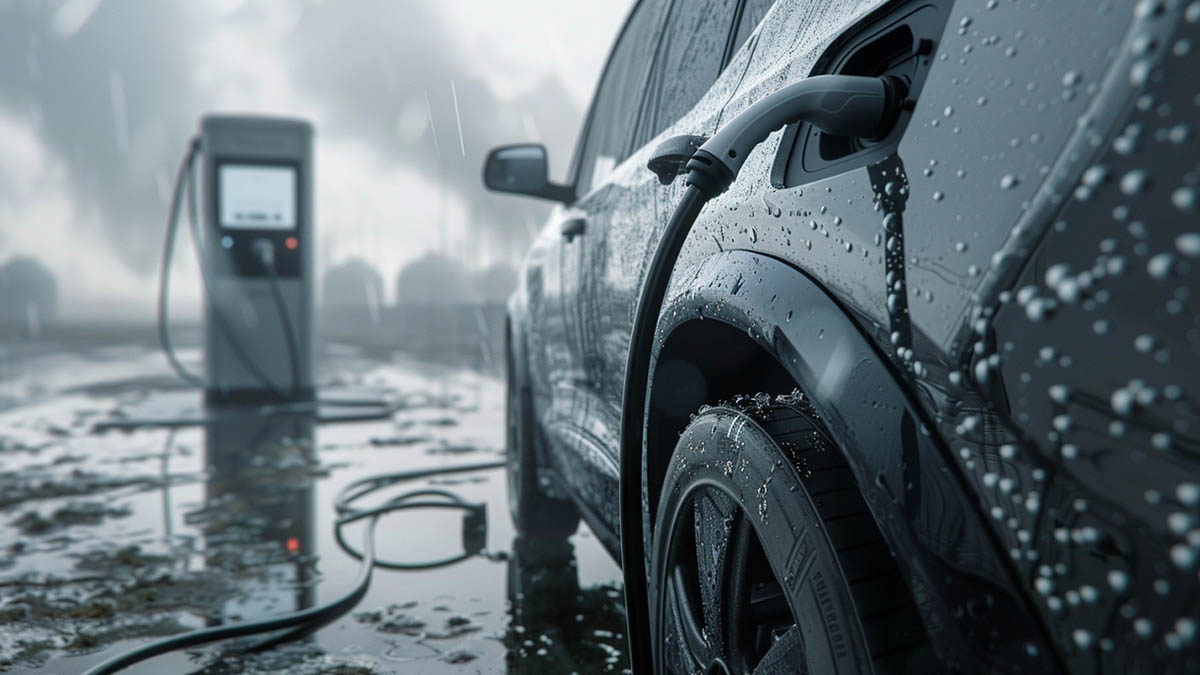 How to Choose a Reliable DC Charging Connector for Harsh Environments
How to Choose a Reliable DC Charging Connector for Harsh Environments
Apr 15, 2025
In electric vehicle (EV) infrastructure, not all connectors are built the same, especially when harsh environments are involved. From coastal areas with salt-laden air to outdoor depots exposed to extreme temperatures, the EV charging connector you choose needs to deliver more than basic functionality. It must offer long-term durability, safe thermal performance, and weather resistance you can trust.
At Workersbee, we understand these challenges. That's why our DC charging connector (200A), built to the European standard DC 2.0, is rigorously tested to prove it can withstand the harshest real-world conditions. Let's break down what makes a connector truly “harsh-environment ready,” and how our lab test data backs it up.
Why Harsh Environments Require More from Your EV Connector?
What qualifies as a “harsh environment” in EV charging?
Temperature extremes: Think outdoor installations in regions with -40°C winters or scorching 85°C summers.
High humidity or rain exposure: Especially in subtropical or rainy regions.
Saltwater exposure: Common in ports, coastal zones, and marine logistics areas.
Heavy-duty usage: Public chargers or fleet applications that involve repeated plug-in/out actions.
Without the right design and materials, standard connectors may overheat, corrode, or wear out quickly in these environments—leading to downtime, increased maintenance, or even safety risks.
What to Look for in a Reliable DC Charging Connector?
1. Durability Through Repeated Use
A connector designed for tough conditions should go far beyond the minimum plug cycle rating. The Workersbee DC charging Plug (200A) was tested to 30,000 plug-in/pull-out cycles—triple the expected life of many standard products. It maintained stable contact performance throughout, proving it's ready for high-volume public or industrial applications.
2. Certified Thermal Performance
When charging at high currents like 200A, heat management becomes a safety concern. That's why temperature rise testing for EV chargers is crucial. In our test, the connector maintained a maximum temperature rise of just 41.8K, well below the 50K safety threshold. This means our product ensures stable, safe operation—even during prolonged fast-charging sessions.
3. Resistance to Moisture, Humidity, and Salt
One of the standout features of the Workersbee connector is its saltwater-resistant charging plug design. In lab tests, we immersed the connector in a mud and saltwater solution, followed by 24-hour powered operation in alternating damp-heat conditions (95% humidity, -40°C to 85°C). The connector passed with zero failures.
4. Outdoor-Ready IP Rating
Our product is an IP-rated DC charging connector built to resist water and dust intrusion. This is essential for long-term outdoor installations, especially where water exposure is frequent.
5. Compliance with Industry Standards
Built to the European standard DC 2.0 connector specification, the Workersbee DC charging gun ensures compatibility with modern charging infrastructure and meets current safety benchmarks for high-current EV connectors.
What Makes Workersbee's Connector Stand Out
In 2025, Workersbee conducted an in-depth durability and environmental performance test through a third-party lab. Here's what was tested:
Test Item
Details
Plug-in/out cycles
30,000 cycles using a mechanical rig
Environmental stress
Mud and saltwater immersion every 6,000 cycles
Humidity/temperature test
24-hour alternating cycles at -40°C to 85°C, 95% humidity
Temperature rise check
Post-cycle thermal tests under full current
Result
Passed all tests. Max temperature rise: 41.8K
These results prove that Workersbee's durable EV charging solution isn't just compliant—it's reliable where it matters most: in the field.
Why It Matters for Infrastructure Operators and OEMs?
If you're sourcing EV components for industrial, public, or large-scale deployments, choosing connectors based on specs alone isn't enough. You need proof of real-world resilience.
Here's why the right connector impacts your business:
Lower maintenance costs: Durable products reduce failure rates and service interruptions.
Improved safety: Stable thermal performance in EV chargers means reduced risk of overheating.
More uptime: Especially in logistics or public networks, reliability is crucial.
Better ROI: Longer product life = better return on infrastructure investment.
1. What is a temperature rise test for EV chargers, and why is it important?
The temperature rise test measures how much heat builds up at critical contact points—like the terminals—of an EV charging connector during normal operation under load. In the case of high-current DC charging (like 200A), even minor resistance in the contacts can generate heat.
Too much heat not only shortens the life of the connector but also poses a serious safety risk to the vehicle and the charging system. According to safety standards, a temperature rise of less than 50K is considered acceptable.
In Workersbee's independent test report, our DC charging gun 200A reached a maximum temperature rise of 41.8K, even after 30,000 cycles and damp-heat exposure—well within safe limits. This means stable, long-term thermal performance you can count on, even in demanding installations.
2. Can this connector be used in coastal or high-humidity areas?
Yes—and it's specifically designed for that. Coastal regions introduce a high risk of salt corrosion, which can degrade unprotected components and lead to failures over time.
Workersbee's saltwater resistant charging plug was subjected to:
Mud/saltwater immersion tests
24-hour alternating damp-heat cycles under live current
Mechanical wear testing after environmental exposure
These extreme conditions simulate real-world use in ports, marinas, island facilities, or humid industrial zones. The connector passed all tests without damage, leakage, or electrical failure.
If you're installing EV chargers in salt-prone or moisture-heavy areas, this connector is a reliable choice to reduce maintenance costs and extend equipment lifespan.
3. What makes a connector “IP-rated,” and why does that matter?
An IP (Ingress Protection) rating defines how well a connector is sealed against solid objects (like dust) and liquids (like rain or splashes). For EV infrastructure, this is especially important for outdoor or semi-sheltered installations.
IP54/IP55: Protection against dust and splashing water (basic outdoor use)
IP65/IP67: High protection against dust and water jets or temporary immersion (ideal for harsh weather)
Workersbee's IP-rated DC charging connectors are sealed to resist dust, rain, and high-humidity exposure, ensuring long-term reliability even when installed in parking lots, warehouses, or roadside charging points without full enclosures.
4. How many plug cycles should a DC connector be rated for in B2B applications?
In B2B use cases—especially in fleet operations, bus depots, or public stations—connectors undergo thousands of cycles each year. A connector rated for only 10,000 cycles may fail within a few years, leading to costly replacements and downtime.
Workersbee's 200A charging gun is rated for and tested beyond 30,000 plug-in/pull-out cycles, verified by a third-party lab. This level of durability ensures it can support daily high-frequency usage for many years with consistent performance.
For example:
10 plug cycles/day x 365 days = ~3,650/year
30,000 cycles = 8+ years of reliable operation
This kind of durability helps optimize long-term ROI for infrastructure operators.
5. What is the European standard DC 2.0 connector, and why is it important for compatibility?
The European standard DC 2.0 is a specification designed to bring consistency, safety, and scalability to DC fast-charging equipment across the EU and global markets. It includes enhancements such as:
Higher current capacity support (up to 200A or more)
Improved sealing and insulation
Enhanced mechanical durability
Greater interoperability with major EV platforms
Workersbee's connector is fully compliant with the DC 2.0 standard, meaning it's ready for integration into modern EV charging networks. This makes it easier for OEMs, infrastructure developers, and charging service providers to meet regulatory standards and ensure vehicle compatibility across Europe and beyond.
Read More

 How to Choose a Reliable DC Charging Connector for Harsh Environments
How to Choose a Reliable DC Charging Connector for Harsh Environments
 Everything You Need to Know About Workersbee's 375A Naturally Cooled CCS2 EV Charging Cable
Everything You Need to Know About Workersbee's 375A Naturally Cooled CCS2 EV Charging Cable
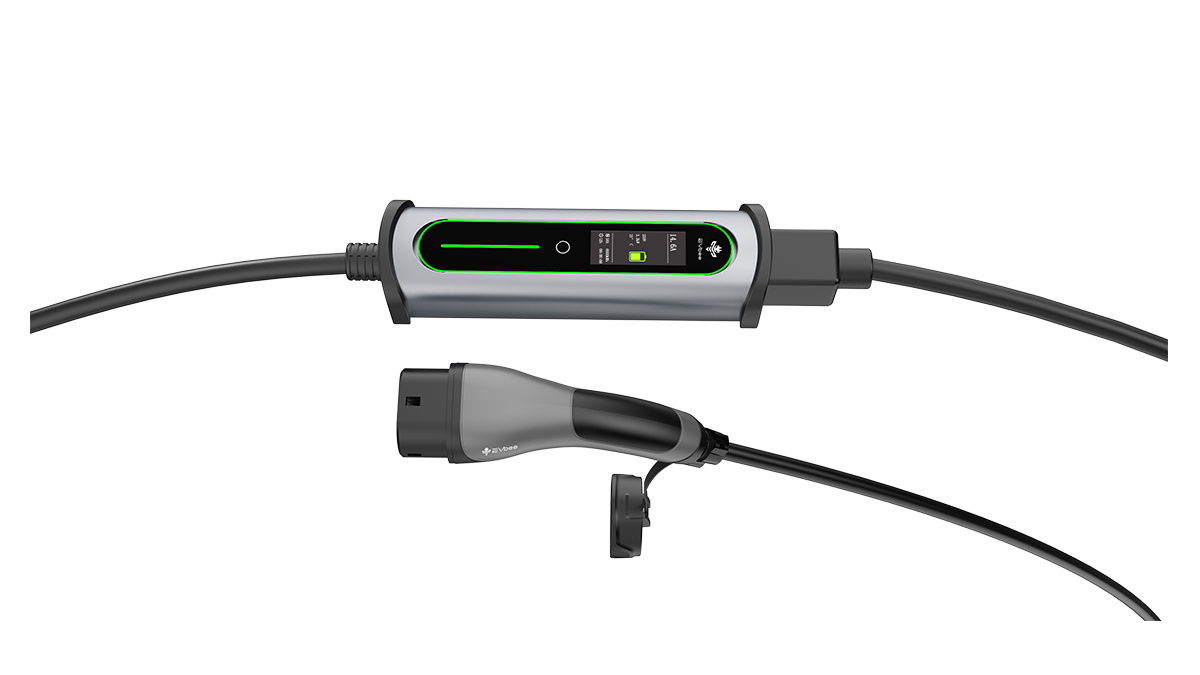 Workersbee Dura Charger: The Ultimate Portable & Multifunctional EV Charging Solution
Workersbee Dura Charger: The Ultimate Portable & Multifunctional EV Charging Solution
 Why Liquid Cooling Is the Future of High-Power EV Chargers (2025 Guide)
Why Liquid Cooling Is the Future of High-Power EV Chargers (2025 Guide)
 Do EV Chargers Really Need an LCD Screen?
Do EV Chargers Really Need an LCD Screen?
 Essential EV Extension Cable Adapters: Your Key to Seamless Charging
Essential EV Extension Cable Adapters: Your Key to Seamless Charging
 How to Choose a Portable EV Charger: Your 2025 Guide to Never Running Out of Juice
How to Choose a Portable EV Charger: Your 2025 Guide to Never Running Out of Juice
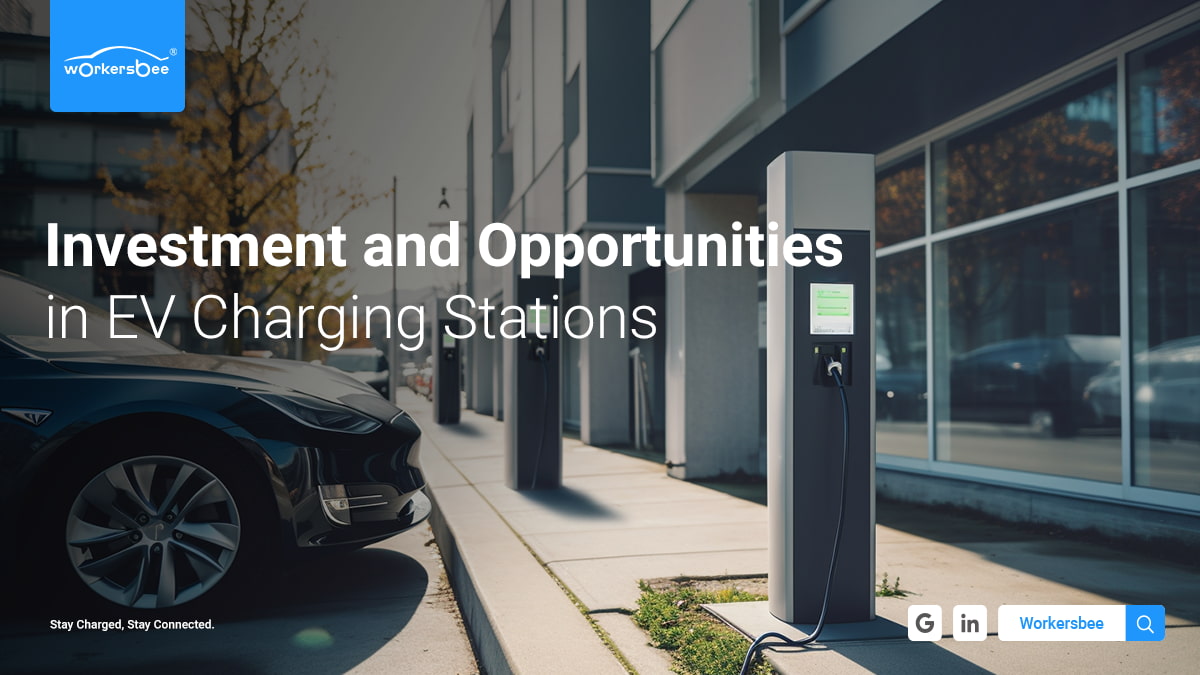 Benefits of EV Charging Stations: How Workersbee's Solutions Drive Business Growth
Benefits of EV Charging Stations: How Workersbee's Solutions Drive Business Growth
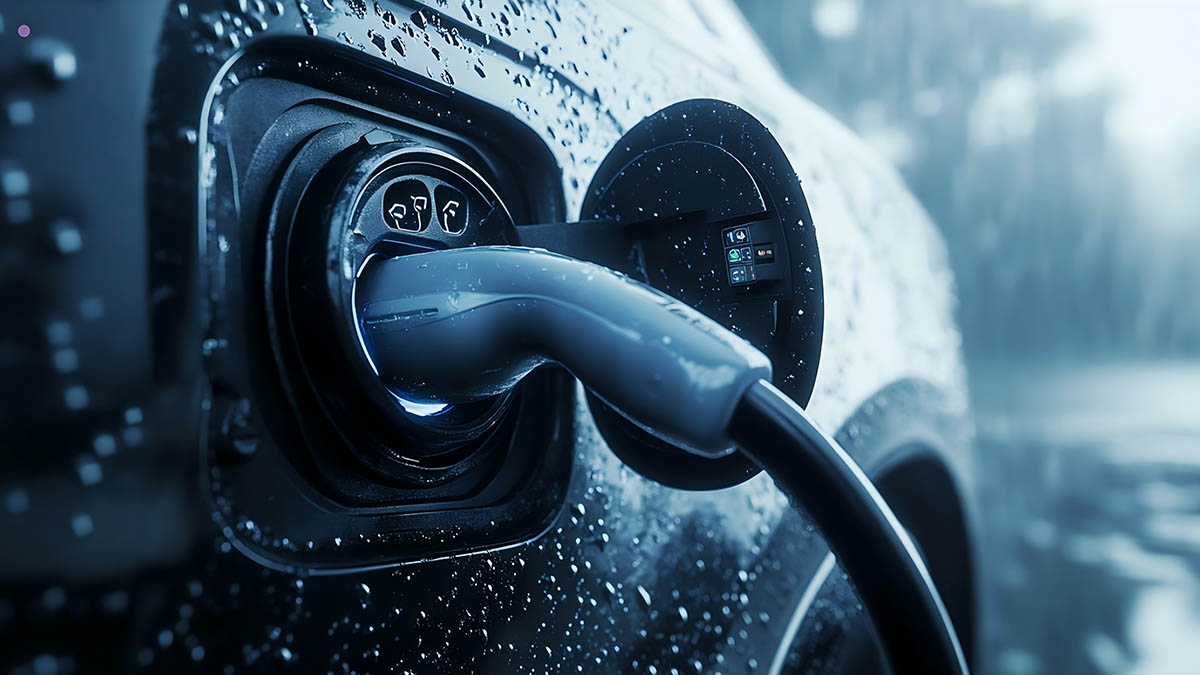 Discover How Salt Spray Testing Ensures Durability for EV Charging Connectors at Workersbee
Discover How Salt Spray Testing Ensures Durability for EV Charging Connectors at Workersbee
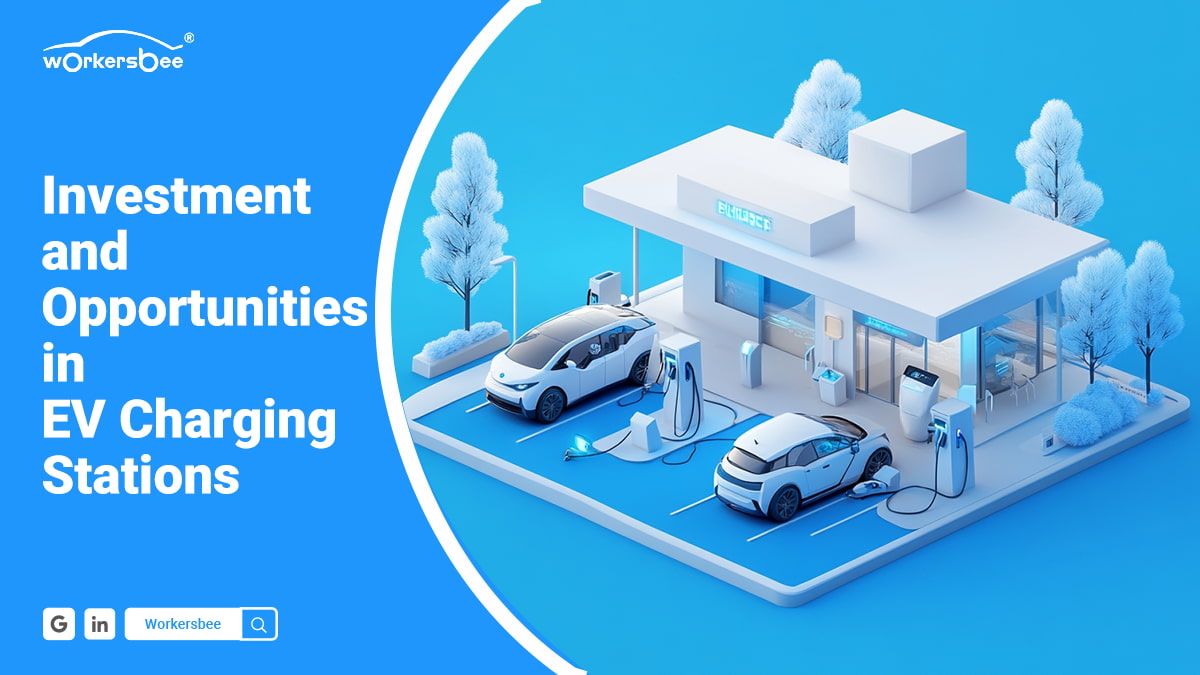 EV Charging Stations: A Growing Investment Opportunity in the Green Transportation Revolution
EV Charging Stations: A Growing Investment Opportunity in the Green Transportation Revolution
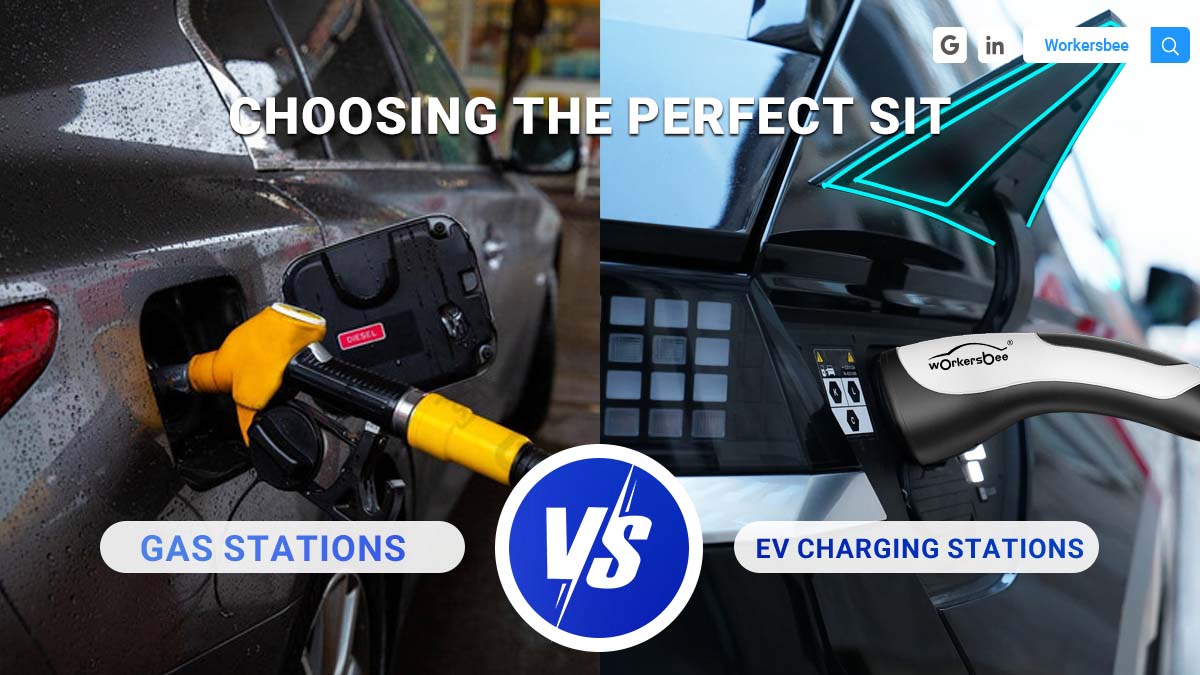 Gas Station vs. EV Charging Station: Key Site Selection Differences
Gas Station vs. EV Charging Station: Key Site Selection Differences
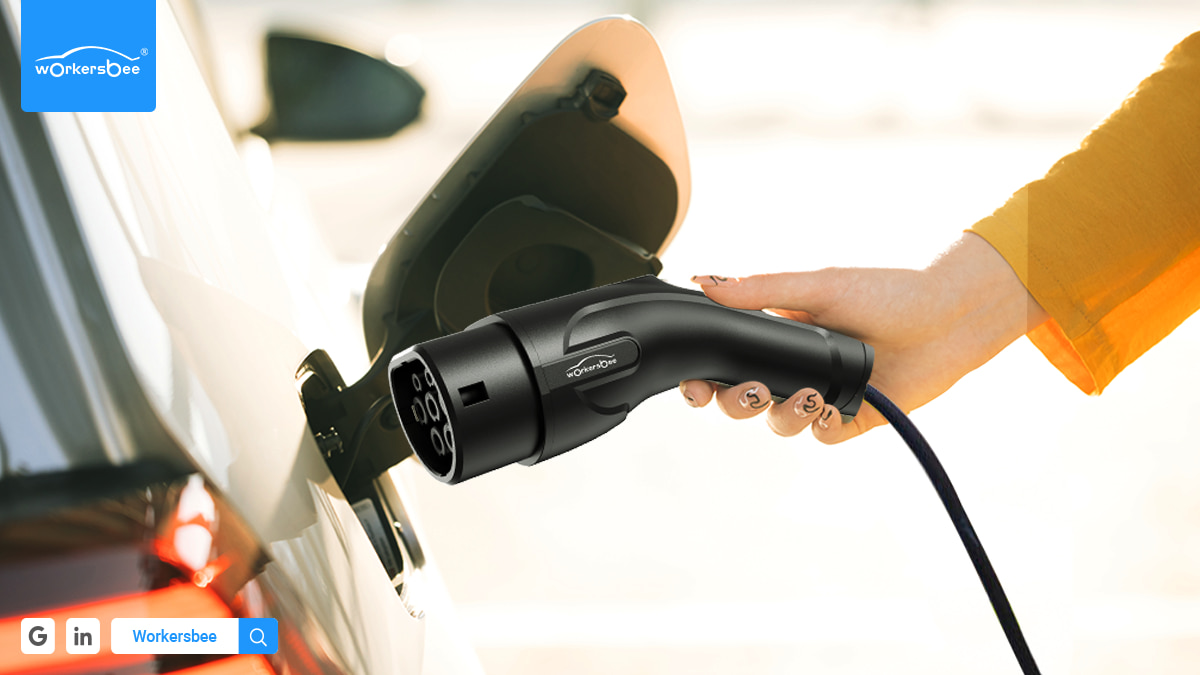 DC Fast Chargers vs. Regular EV Chargers: Key Differences and Best Charging Solutions
DC Fast Chargers vs. Regular EV Chargers: Key Differences and Best Charging Solutions